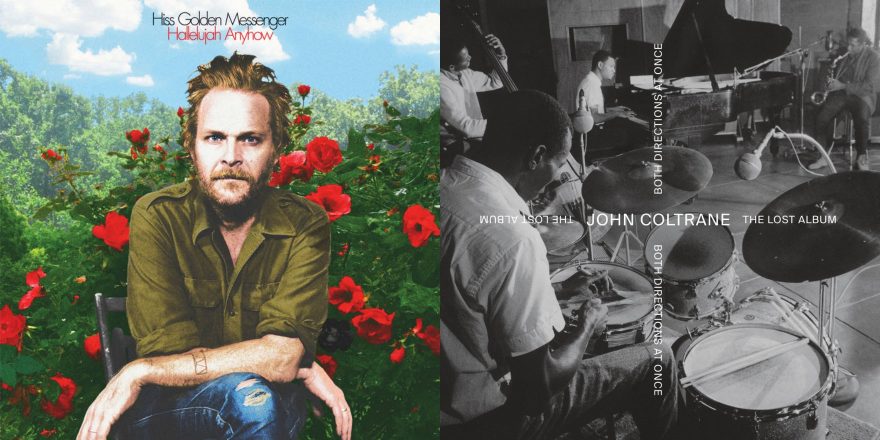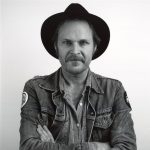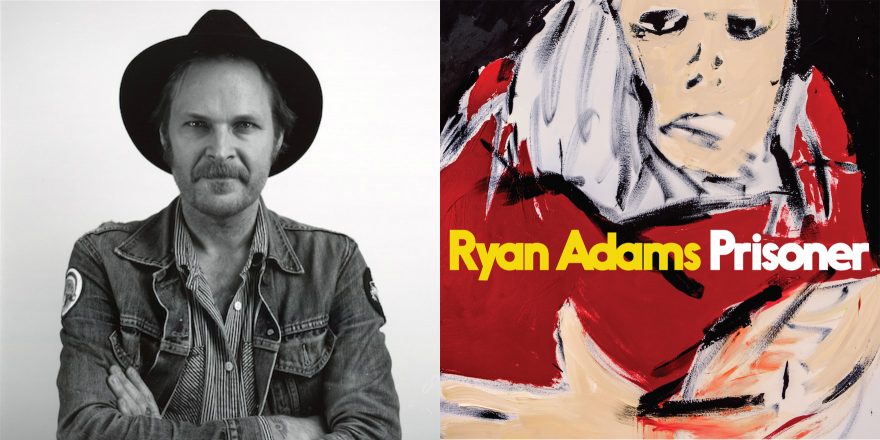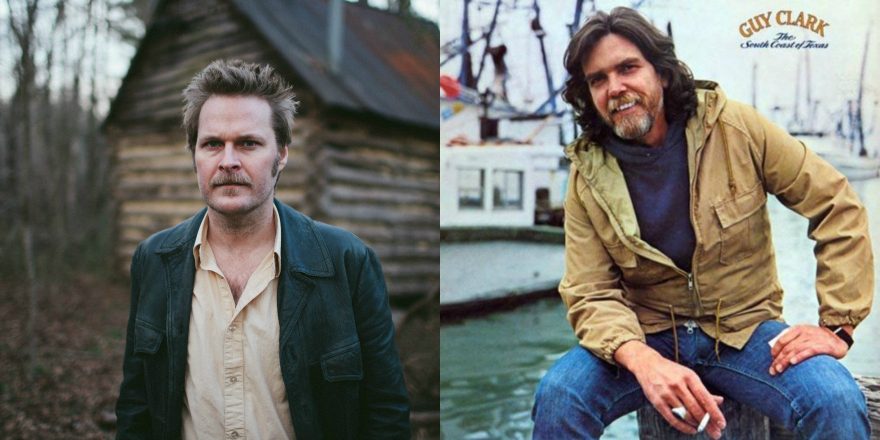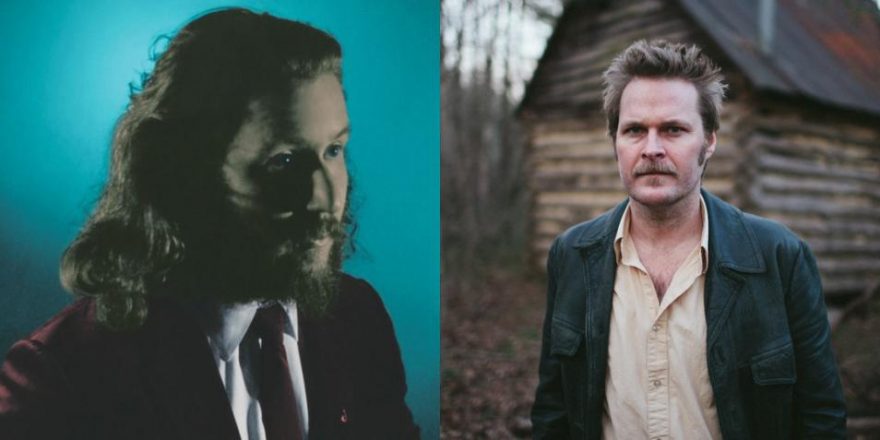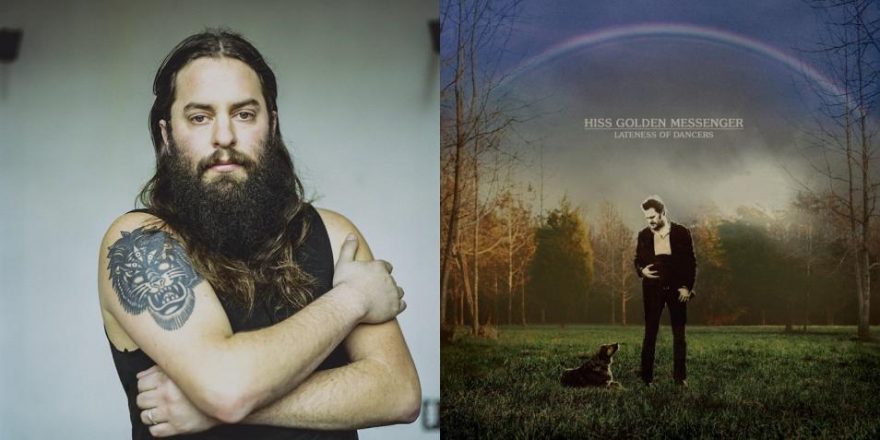I am not an expert on John Coltrane. I offer this as warning to readers seeking a comprehensive piece about Coltrane’s newly released Both Directions at Once, a collection of music recorded at Rudy Van Gelder’s New Jersey studio on March 6, 1963, and featuring his classic quartet of Jimmy Garrison on bass, Elvin Jones on drums, and McCoy Tyner on piano. I am also not a Coltrane completist, but the music of his that I do know has been a guiding spiritual force in my life. When my daughter Ione was born, I played A Love Supreme for her when she was just a few days old. Something in her eyes told me that hers was a complex soul who knew, on a molecular level, about the pathways, devotion, and doubt that Coltrane conjures in his music; A Love Supreme was the first album she ever heard.
I learned to ask questions in my own music from listening to John Coltrane’s: Why am I here? Where does art come from and who is it for? How is it that life feels so good and so bad at the same time? It goes without saying that Coltrane was not the first nor the last to wrestle with these ideas. Blind Willie Johnson’s “Dark Was the Night, Cold Was the Ground” deals with the same wondering, wandering problems; so does the music of The Consolers and Kendrick Lamar and Willie Nelson and Ethiopian pianist Emahoy Tsegué-Maryam Guèbrou. But his music, at the time I discovered it as a teenager, sounded like a sinner attempting to atone on his own terms. It felt important and righteous. His music found me because I, too, wanted to live by my own code, though it has taken me my entire life to begin to comprehend what that even means.
As an African-American man who endured Jim Crow—Martin Luther King, Jr. delivered his “I Have a Dream” speech at the Lincoln Memorial in Washington, DC roughly six months after the recording session for Both Directions at Once—I suspect John Coltrane understood his contract with the ecstatic spirit of love early. “Forever at his door,” wrote St. John of the Cross from a prison cell in 1577. “I gave my heart and soul. My fortune too. I’ve no flock any more, no other work in view. My occupation: love. It’s all I do.” John Coltrane’s work, like St. John’s, was love in all of its messy and complicated and Godly glory, and maybe that’s why it’s served as such a steadfast companion to so many for so long. He was an asker who knew that the asking was as important and life-changing as the answer.
When I was 16, I went to the house of my friend Aaron Thompson. We must have been skipping school, because whenever I remember this afternoon, I get a thrill in my stomach, as though we were doing something forbidden. It was a warm, sunny Southern California day, and as we swam in the pool in the backyard of his vacant house, he played two albums on the boombox: Sun Ra’s Space is the Place and Marcus Garvey by Burning Spear. Though I don’t think Aaron intended it in this way—to him I think it was just another day of cutting class and smoking cigarettes—that afternoon is burned into my memory in a way that few are, and it has become an emotional palimpsest that I have continued to overlay with experience for the last 25 years. Any time I meet something that pushes me towards a new understanding about my cosmic insignificance and the joy of wandering in unknown territory—the writing of Wendell Berry or Haruki Murakami, for instance; the artwork of Etel Adnan or Corita Kent; or, Jesus, most importantly of all, having kids—I think about that day.
Both of those records, in their own separate ways, broadened my understanding about what music could be, and what it was supposed to be used for. They were intensely involved with identity, both of self and community, and with rejecting the names that others place on us. Instead, they were a celebration of self-naming. Their anger and devotion and joy were singularly committed. They existed out of time. In their unnameableness, they were timeless. Though Space is the Place and Marcus Garvey were made by black musicians for black listeners first and foremost—this I knew for certain, even then; much of what existed on those records was rightfully not for me—they had wandering, questing, questioning spirits that I loved deeply. I felt, as I think so many disaffected teens do, that I had been taught that the answers, and not the questions, were what I was supposed to worry about. And because it felt so good to be confronted with all that asking, I went in search of more. More asking. More questing.
The music of John Coltrane was, for me, the next waystation. I can remember exactly where I bought my copy of A Love Supreme (a record store called Noise Noise Noise in Costa Mesa; the very same copy that I played for my daughter so many years later; the very same copy that I’m holding in my hands right now) and the way it made me feel the first time I listened to it: Confused. Compelled. Coltrane and his band were using tools I could name—drums and horn and piano and a double bass—but the music was so intensely personal, so intent on spirit and self-naming, that it sounded unlike anything I had ever heard in my life. Through repetition, they turned the quotidian, the everydayness of making sound together, into something that could call spirits. Robert Lax writes about his friend Mogador, the bareback circus rider,
He rides lightly,
barely touching,
his arms in air.
Then he leaps up
and with a pirouette begins his dance.
What was begun
as a run
through the field
is turned
to ritual.
A Love Supreme made me doubt myself because its makers seemed to know so clearly that holiness, in whatever form needed, came from simple gestures, from repetition, from notes with names repeated until they became new, unknown, all one.
Both Directions at Once finds Coltrane at a crossroads on his journey, far from his early bebop days, and not yet arrived at the thrashing epiphanies of Ascension. The day after these sessions, he recorded the elegiac and haunting album John Coltrane and Johnny Hartman in the same studios. Barely a year later, he recorded Crescent; by December of 1964, he was making A Love Supreme at Van Gelder’s studio. How important a chapter Both Directions at Once should be considered in terms of Coltrane’s evolution is not for me to say; there are others better equipped to assess that. But listening to these recordings, unheard until now, reminds me just how eloquent and brilliant an asker of questions John Coltrane was, and how thankful I am to him for his work and guidance throughout my life. Selah.
—M.C. Taylor, Durham, NC



